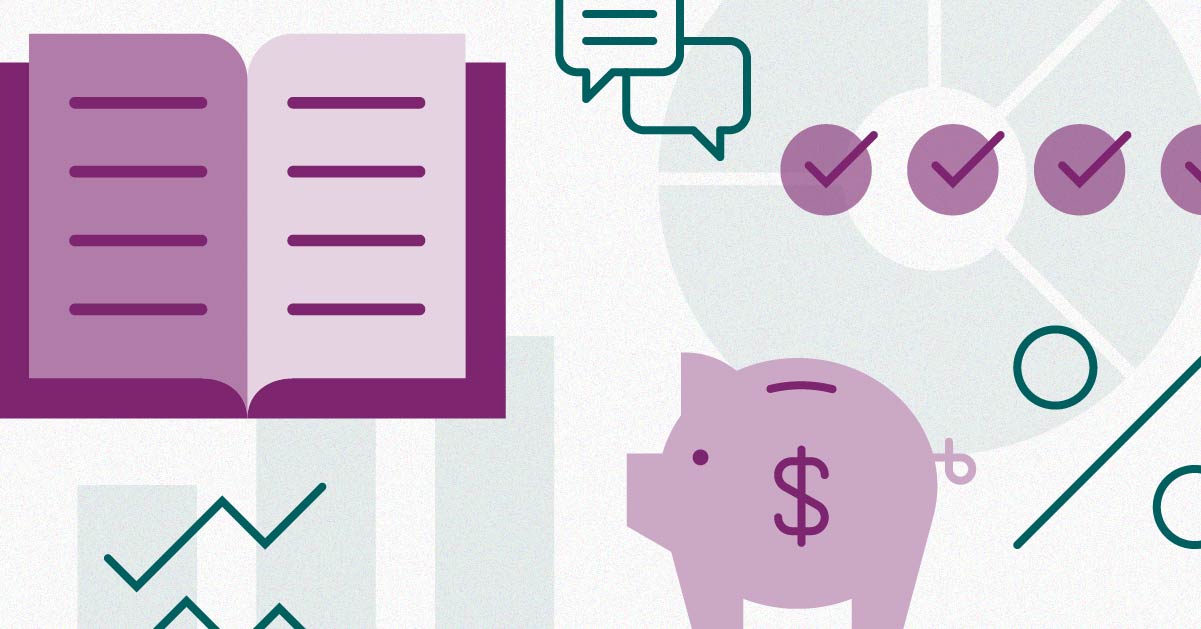
I recently wrote about some of the key mistakes I spot when I survey actual investors' portfolios. They have too many accounts and holdings. Their asset allocations don’t relate back to their planned spending. They own individual stocks that duplicate exposures in their mutual funds. And so on.
That exercise got me reflecting on my own portfolio. If a knowledgeable observer trained his or her sights on my choices, what are the trouble spots they would be likely to identify?
Here are some of the biggies: how they got there, the weird psychology going on behind the scenes, and what, if anything, I’m doing to rectify the problem spots.
I Hold Too Much Employer Stock
Overallocating to your own company's stock is such a rookie mistake.
If you already have a lot of your financial wherewithal riding on your employer via your ongoing paycheck, the argument goes, there’s no need to double down on it in your portfolio. And yet here I sit, with an uncomfortably large stake in my own employer’s stock.
I’ll spare you the specifics, except to say that it’s a higher percentage of my husband’s and my total portfolio than the 5% or so that you often see bandied about as a reasonable upper threshold. I can take some comfort in knowing I’m not the only one to fall into the same trap; one of the smartest people I know has, too.
I wish I had a good excuse.
I understand the tax implications. And it’s not like I think I possess some inside knowledge that the shares are likely to outperform the broad market. I mean, I hope they will, but it’s possible they won’t.
Instead, the key culprit here is inertia, plain and simple. It’s easier to let winners ride than it is to pare them back. There’s a little bit of tax dread mixed in, too, as some of the long-held lots have racked up big gains since vesting and at this point would trigger a big tax bill upon sale. I wouldn’t rule out there’s an element of "mad money" swirling in here, too. In contrast with investments that have resulted from savings, the employer stock feels a little more like a windfall and therefore less serious.
(On the plus side, I can more readily give myself permission to spend from these funds than I could with other accounts. Mental accounting is a funny thing.) I’ve been in the process of divesting from company stock for the past several years, but the allocation is still too high.
I Hold Too Much Cash
While holding a lot of company stock has very likely boosted my portfolio’s performance over time, carrying too much cash has no doubt been the biggest detractor.
Cash yields have drifted steadily downward for decades, but even when rates are higher, as they are today, inflation is still gobbling up most of the interest. My husband and I haven’t made a deliberate effort to hoard cash; rather, it has tended to stack up in our account following bonuses or other windfalls, or during fallow spending periods like 2020.
And while I eschew market-timing, it never feels like an especially great time to move the money into long-term investments. (And yes, I realise that’s a form of market-timing.)
Perhaps most important, having cash on hand confers valuable peace of mind. I like knowing that almost anything could happen, whether an income disruption or a surprise expense, and we’d be able to cover it without touching our long-term investments. Cash may be a loser on an inflation-adjusted basis, but I think of it as one of my luxury goods; at this life stage, it’s more valuable to me than a designer purse or expensive car. In contrast with the employer stock problem, this is not an issue that I’m in a big rush to address.
I Don’t Hold Much in Bonds
Whereas the cash holdings give our portfolio a conservative tilt, we’re much less conservative with our long-term investments. The standard asset-allocation advice would call for my husband and me to have a good slug of our retirement assets in fixed-income investments at our life stage. But our portfolio is oddly barbelled, with a healthy dose of cash alongside a long-term portfolio that’s mainly invested in equities.
In a way, I think the cash and the equities work together from a psychological perspective, with the liquid assets giving us peace of mind to stay the course with stocks through thick and thin. But the lack of bonds isn’t really deliberate. Instead, inertia (are you picking up on a theme here?) is probably the main reason. Cash tends to build up organically (see above).
Meanwhile, we set up our long-term portfolios with heavy equity allocations in our 30s, and we’ve never really wavered from that positioning; stocks have performed well, and we tend to sit tight with our portfolios in good times and bad. We both have some fixed-income holdings in our 401(k)s, and we make ongoing contributions to a tax-exempt fund. But our overall fixed-income weighting is probably lower than it should be given our ages.
This is something that I’d like to address as retirement approaches – adding not just more in bonds but more nuance to our bond holdings: short-term bonds, Treasury inflation-protected securities, and intermediate term bonds, in line with Bucket 2 of my model Bucket portfolios.
I’m Slow to Make Contributions
In the category of smaller-bore problem spots, I’m often slow to get money into our individual retirement accounts (IRAs) each year and/or to convert those traditional IRA contributions to Roth. (We make "backdoor" contributions so it’s a two-step process – contribution followed by conversion at some later date.)
Ideally, those contributions would go in right around the first of the year, the better to benefit from tax-sheltered compounding for a longer period of time. And our IRAs sit right alongside our taxable brokerage account, so transferring funds from the brokerage account to IRA and converting them to Roth is a matter of a few logins and mouse clicks.
In other words, there’s no good excuse for tarrying. In practice, I’ve sometimes made those IRA contributions right before the deadline, a full 15 months later than when we were first eligible to make them. I’ve also been slow to make the conversions to Roth, periodically letting a few years’ worth of contributions stack up in our IRAs before converting.
The baby bear market of March 2020 provided a good opportunity to convert all the traditional IRA assets to Roth with no tax repercussions. I’ve been walking the straight and narrow – with timely contributions and conversions – ever since.
This article originally appeared on our US site Morningstar.com, and has been re-edited for a UK audience












.png)









